Fill your home or classroom with a few of the Best Summer Science Experiments for kids. These experiments fit in perfectly with learning about life cycles, environment, growing, and changing.
Use them to support and enrich your child’s academic experience.
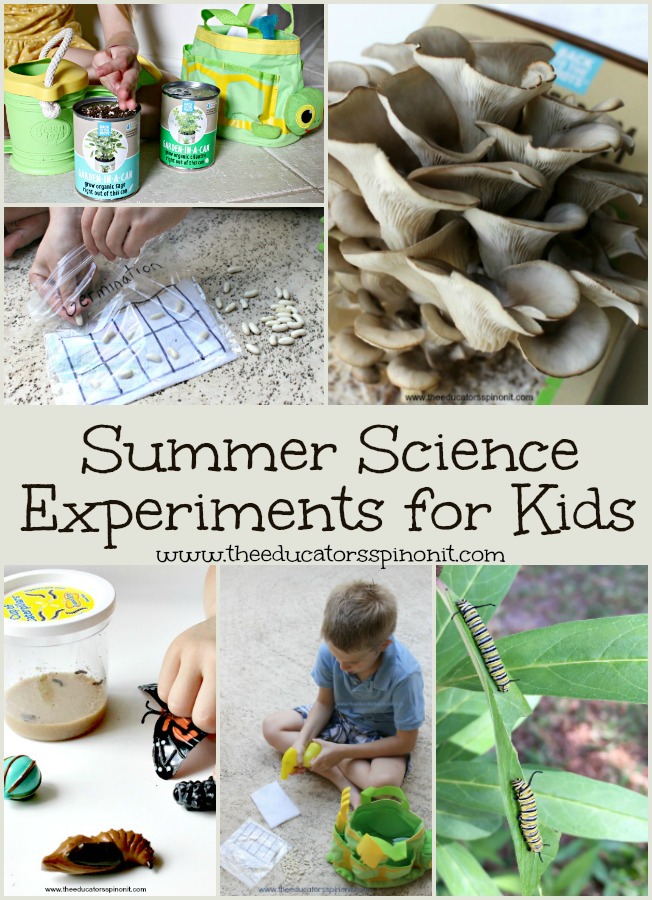
Best Summer Science Experiments were selected (with the help of my kids) based on:
- How much fun they were to do.
- How easy they were to set up and maintain.
- How much they taught and inspired my kids to learn more.
- How expensive they were. (Each summer science experiment in this list was under $25)
Doing science experiments with your children
- Boosts scientific understanding
- Expands vocabulary
- Provides background knowledge
- Encourages the use of science skills such as collecting data, recording data, observing, and making hypotheses.
Consider getting the materials for one (or more) of these science experiments for your child or classroom. These would also make great activities for after school science clubs. You may even consider sending one in to your favorite classroom teacher or give as birthday gifts for summer celebrations!
Disclosure: As an Amazon Associate I earn from qualifying purchases from affiliate links in this post.
Best Summer Science Experiments for Kids #1: Raise a Painted Lady Butterfly
There is nothing more amazing than to see a butterfly emerge from it’s chrysalis. It is life changing in more ways than one. As a former kindergarten teacher, I made sure to order this science experiment for my students every spring. It is a fabulous experiment that allows children to watch the later stages of the painted lady butterfly.
We have purchased our re-fill kit from Amazon and Insect Lore directly and have 100% survival rate each year (I’ve done this for at least 10 years!). I have heard of people who were not as lucky, but the company sent a replacement kit.
We have had fabulous discussions about the environment, planting butterfly friendly plants, using less (or no) pesticides, and the benefits of pollinators to our plants. Get the starter kit here.
Positive: REALLY NEAT to watch the metamorphosis process.
Negative: The caterpillars can all change when you are not looking. Kids can be sad if you miss this stage, but don’t worry, they are still fun to release!
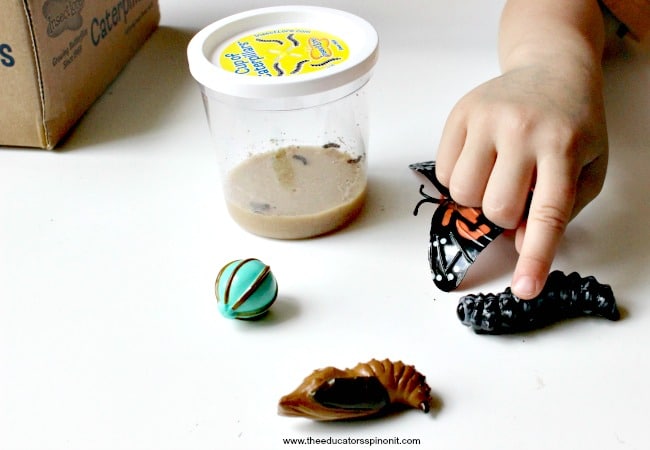
Best Summer Science Experiments for Kids #2: Raise a Praying Mantis
This Praying Mantis Life Cycle Stages would be the perfect addition to a science center in your home or classroom this spring. We set our egg cases in a safe, but very visible place and observed them for changes every morning. After a few weeks – we noticed a ton of very tiny praying mantis emerging. They were SOOOO COOL!
We brought them outside and watched them for a long time leave the egg case and head to the wild. It is one of the best science experiments for it uniqueness and being able to introduce beneficial insects into the natural world. My kids were intrigued and couldn’t wait to read and learn more about them. Include a set of note cards with the stages on a table and encourage readers to match the pictures to the words and put them in order.
For more educational activity ideas, visit Raise a Praying Mantis
Positive: Really – really cool if you can see them hatch.
Negative: An egg sac can be a little dull to observe for 2 weeks!
Best Summer Science Experiments for Kids #3: Raise a Ladybug
Ladybugs are beneficial garden insects and help lower the aphid population. Watch as they change from tiny nymphs to adult ladybugs with this fabulous 2 week summer or spring science experiment.
We purchased the entire ladybug kit so that the children could observe the nymphs as they grew and changed. They pupate on the edge of the plastic, making it easy for kids to see. When the adult ladybug emerges children can observe and release them within a week to their garden area. We have the life cycle toys for ladybugs too.
Positive: Visible change for kids to observe and record.
Negative: We thought some of our larva died and it was sad. Then we realized they must shed their skin (none dies) and that we had way more than we thought = happy kids.
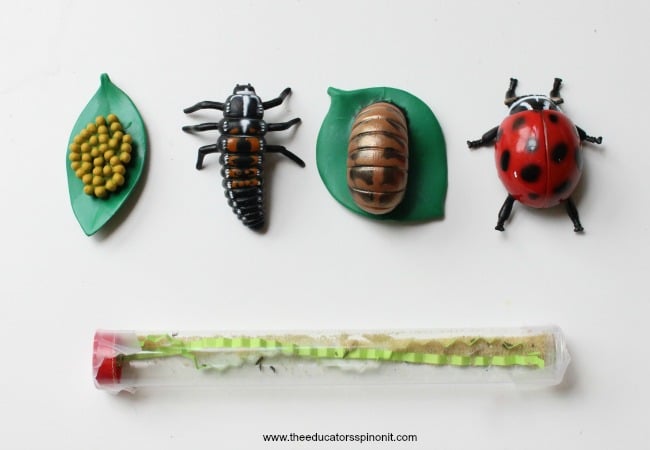
Best Summer Science Experiments for Kids #4: Keep an Ant Farm
I’ve always been a bit hesitant about having biting ants in my home or classroom (even if they do stay IN the container) The families that have done this experiment RAVE about how neat it is, so I’m adding it to the best summer science experiment collection. “We loved our ant farm. They only live about 3 weeks though. DS8 was begging to do it again this year. ” ~ Jessy You will have to let me know if you have tried it!
Positive: You can see how a tiny creature can literal change the earth.
Negative: Um… they are army ants!
Best Summer Science Experiments for Kids #5: Grow a Garden in a Can
Gardening has never been easier with these garden in a can. You open them, add water, and set in sunshine. That’s it. In a few days sprouts emerged and the herbs grew. You can have your child be responsible for misting or watering the plant every day in addition to tracking growth.
It’s a small amount to maintain and can be grown in the smallest of spaces – think classroom or apartment windowsills! What’s great is that everything you need is included. Pop the top off and the seeds are in a tiny package inside. Add the seeds, cover with dirt, water, and place in the sunshine. This is another windowsill project that’s great for summer school classrooms or apartment dwelling families!
Positive: It is SO easy, everything is in the can. You just open and water them.
Negative: You need to water them!
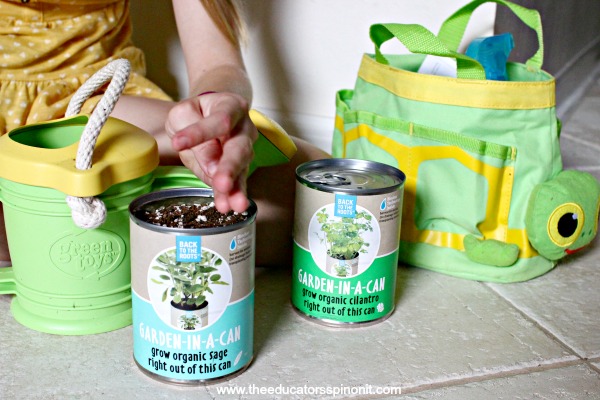
Get the watering can and kids gardening tools on Amazon too!
Best Summer Science Experiments for Kids #6: Grow a Container Vegetable Garden
Have a little more space? Try container gardening with kids. These Miracle-Gro Container Gardening Pods are another all-in-one seed pod with everything you need to grow your own vegetables and herbs. Plant into rich soil in a sunny spot, water daily, and enjoy. In fact, these pods are guaranteed to grow! Included in the 6 pack are Basil, Sweet Pepper, Globe Tomato, Eggplant, Cilantro, & Jalapeno. See how to make your own garden labels here.
Make a container for each child and let them care for their garden as it grows.
Positive: Having your own garden gives children ownership and teaches life skills.
Negatives: Some parents and teachers report not having a green thumb. Yes, this project needs water daily! Plan accordingly if you go on vacation for more than a few days. Maybe a friend can babysit your garden?
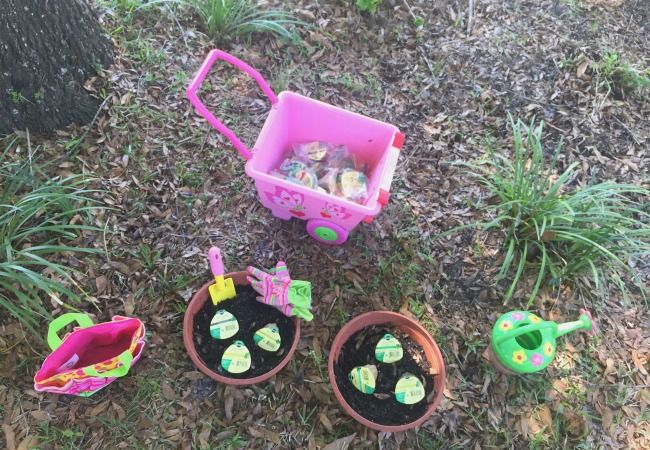
Best Summer Science Experiments for Kids #7: Raise a Tadpole
Here is another life cycle science experiment that kids cannot get enough of. They will watch and notice the smallest of changes in the tadpoles. From tails to tiny legs, then no tails, this transformation is life changing for kids to watch. We have had friends who have collected tadpoles from neighborhood creeks and pods and others that have ordered this grow a frog kit.
Positive: Kids can truly see how tadpoles change into frogs.
Negatives: As with other life cycle experiments, some tadpoles may not make it.
Best Summer Science Experiments for Kids #8: Plant a Venus Fly Trap
Sure growing vegetables in your garden can be a great experience for children, but this Venus Fly Trap plant is extra ordinary – its carnivorous. For convenience, you can order it online. Most places online will ship the plants to you live, but bare root. That means, you will need a pot with indoor potting soil ready to go. A bare root plant, must be planted right away. Some local plant stores may also carry them, call ahead to verify.
Positives: This science experiment is a great talking point for kids!
Negatives: Many people have stated they have difficulty keeping this (or any) plant alive.
Best Summer Science Experiments for Kids #9: Grow Mushrooms in a Box
We like to cook with mushrooms, but hadn’t considered growing them until we found this neat way to grow mushrooms in a box. Thanks to Back to the Roots for sending us a kit to try with the kids! Even families that live in apartments or harsh weather conditions can try growing something edible with kids – as this kit stays inside!
We kept it on our bookshelf near a window, but out of direct light. This biggest thing was to remember to water it daily. The kids and I were amazed at how fast they grew from tiny spores to giant oyster mushrooms (This picture was after 9 days!) We did try to get a second harvest from the same box with no luck. The website gives lesson plans
We kept a daily log of colors, number and length of the mushroom caps to bring in some data collection and measurement.
Positives: Fast growing. Visible changes every day makes for intriguing science logs.
Negatives: Mushrooms must be cooked. Many schools do not allow classrooms to eat food from the garden. Check with your principal on your school policies for consuming during school hours.
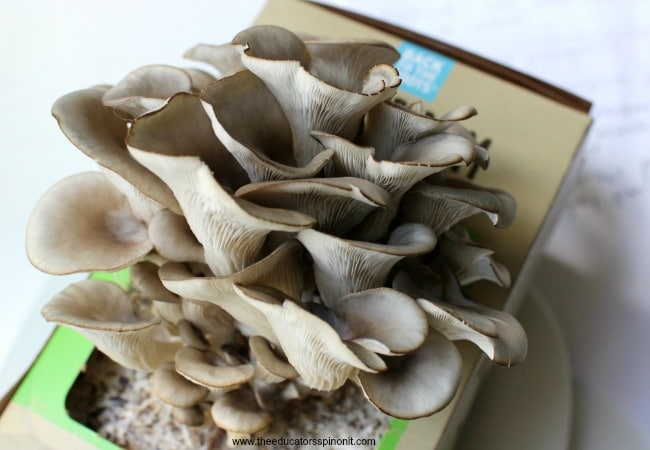
Best Summer Science Experiments for Kids #10: Plant Bean Seeds
Test Your Germination Rate of bean seeds. This science experiment will give children a basic understanding of how a plant grows, starting with the germination. The bags used are like a window to plant growth and allow children to “see” the beginnings of the roots and shoots.
Try this project in your home or classroom today. What is the germination rate of your seeds? Click for the directions and activity extensions.
Try a pack of older seeds – does the germination rate change?
Positives – the bag provides a window to the seed growth and development.
Negatives – plants will not grow in this environment and will need to be transplanted shortly after germination or discarded in the compost bin.
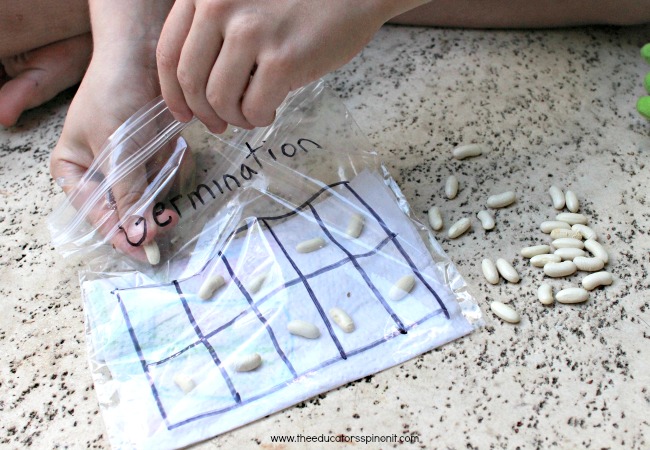
Best Summer Science Experiments for Kids #11: Plant a Butterfly Garden
Stop by your local home garden store and select a few butterfly friendly plants to plant. Transplants will give you flowers (and butterflies) faster than seeds. In fact, if you plant seeds, make sure to read the labels. Many wildflowers will not produce flowers until year 2. When possible, choose plants native to your location. Here are some specific plants you may want to consider when Planting a Butterfly Garden
Positives: You get to observe butterflies in your own yard! No butterfly garden passes needed.
Negatives: Some plants that attract butterflies are poisonous when ingested by humans. Make sure to research them well and monitor small children.
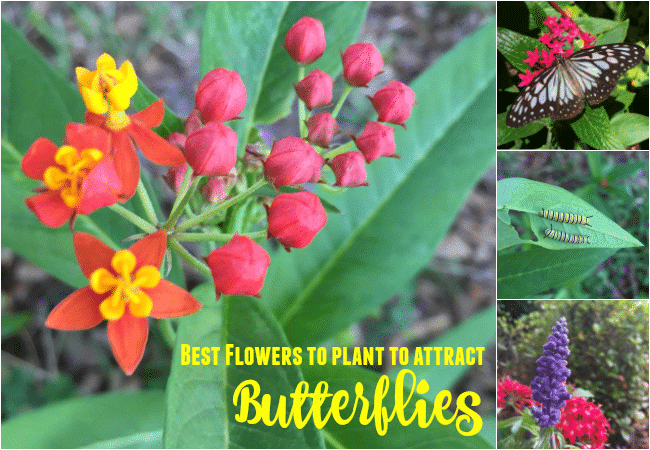
Need a few more ideas?
- Observe a Bird Feeder or Birdbath
- Order Tinker Crates
- Make a Weather Station
- Start a Wormary
Let’s inspire more kids to learn and grow this summer:
Your child may also enjoy these summer activities…
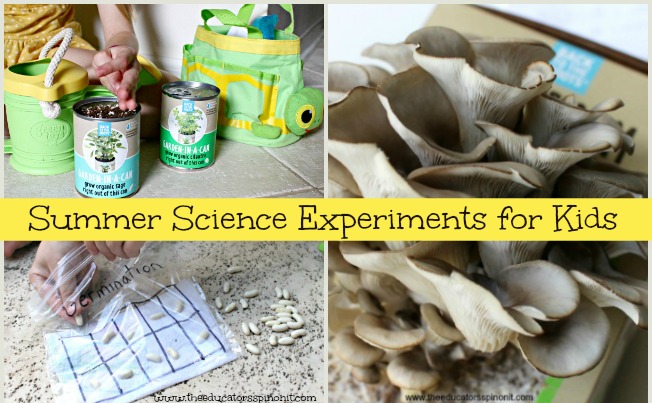
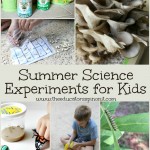
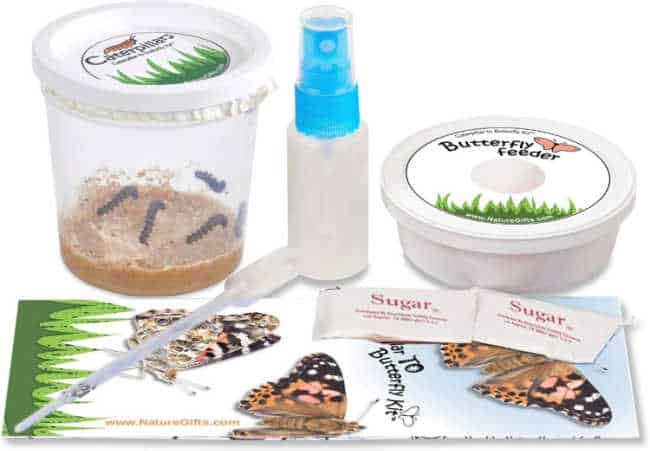
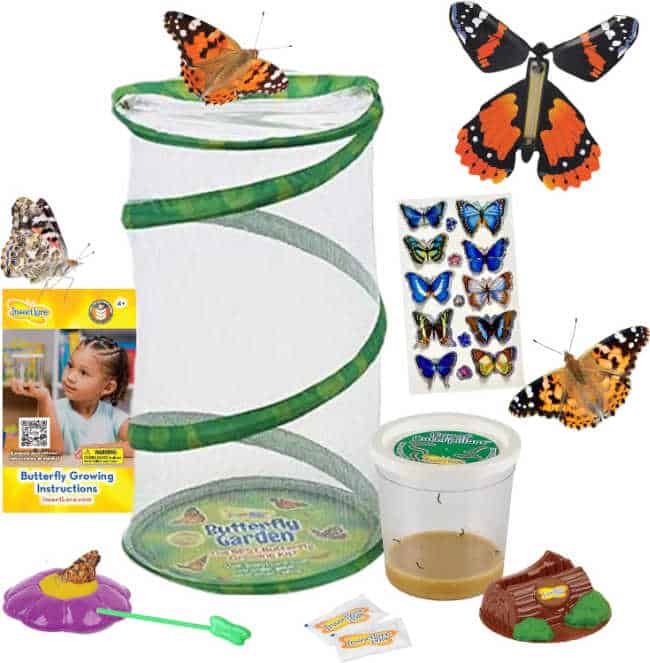
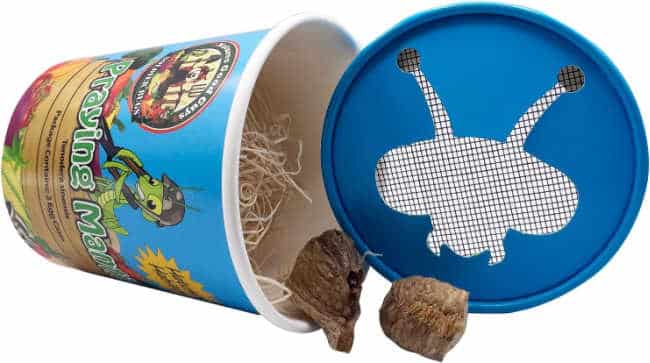
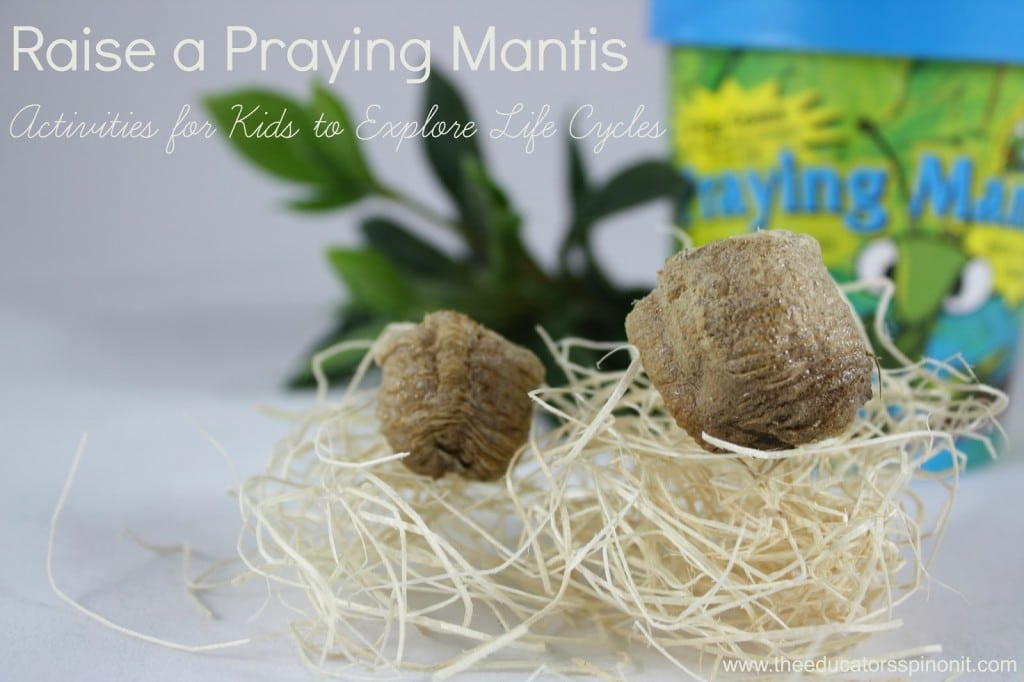
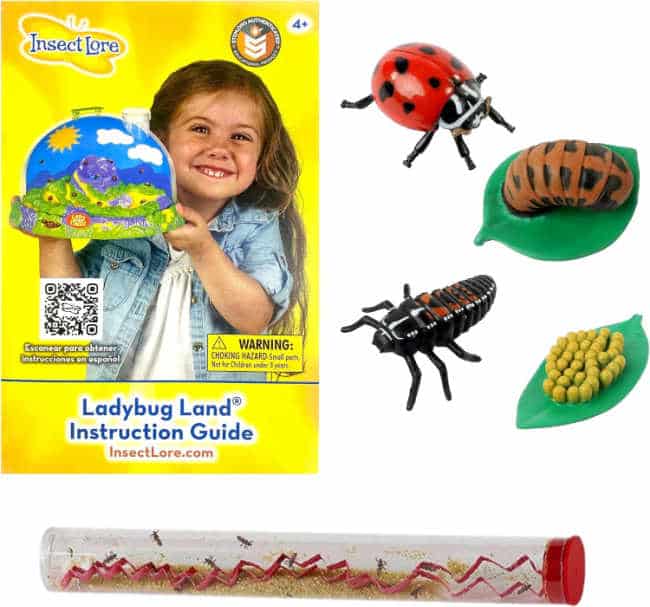
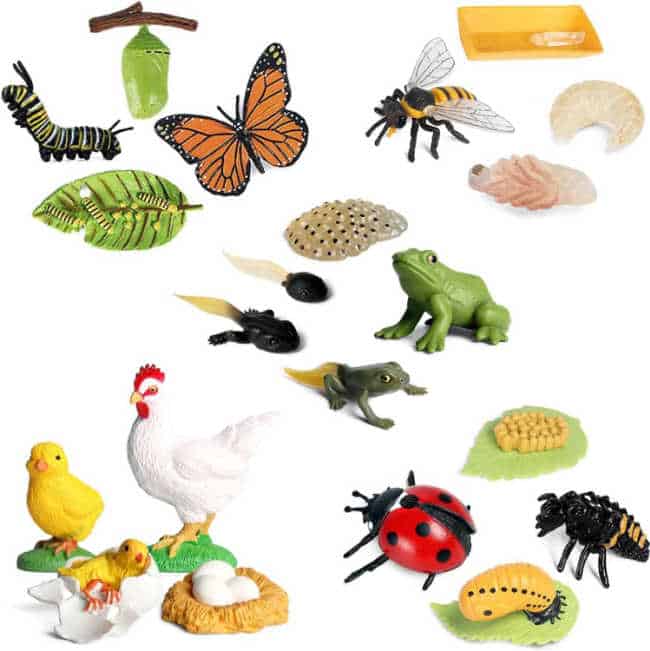
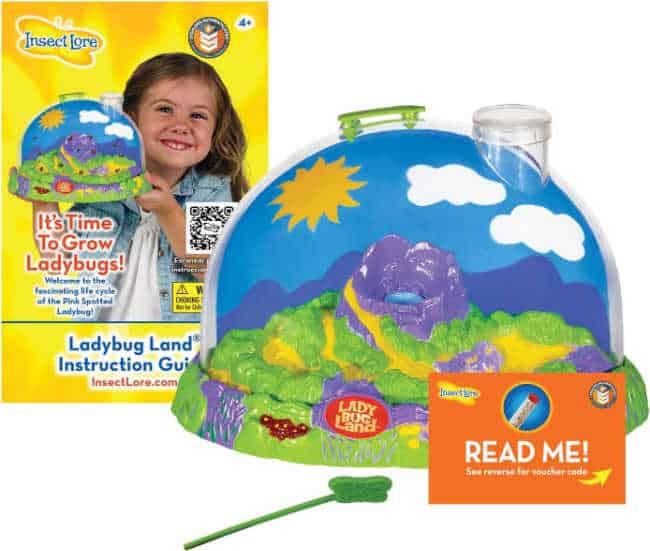
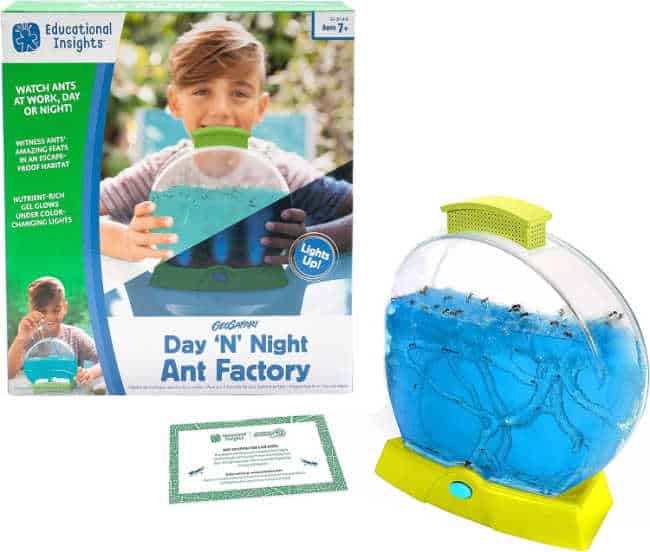
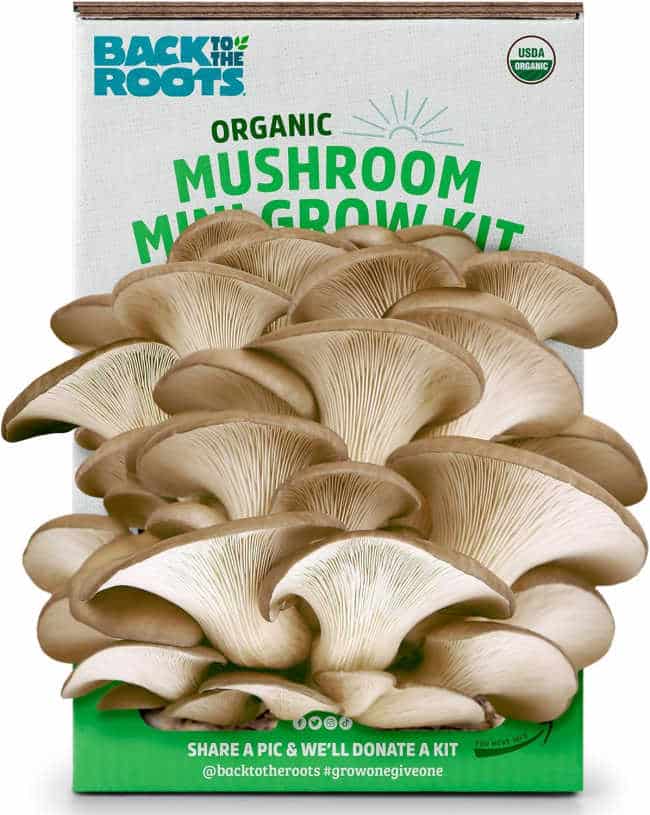
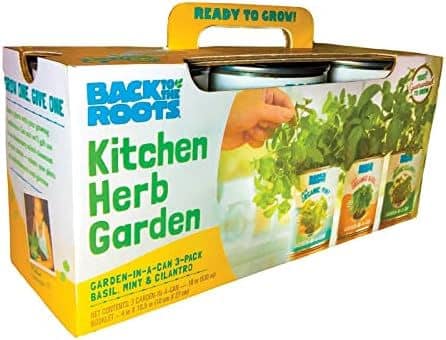
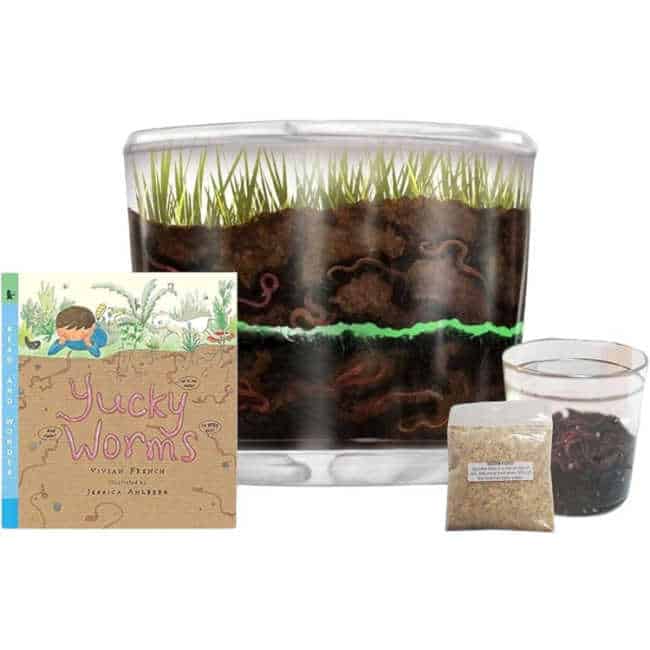
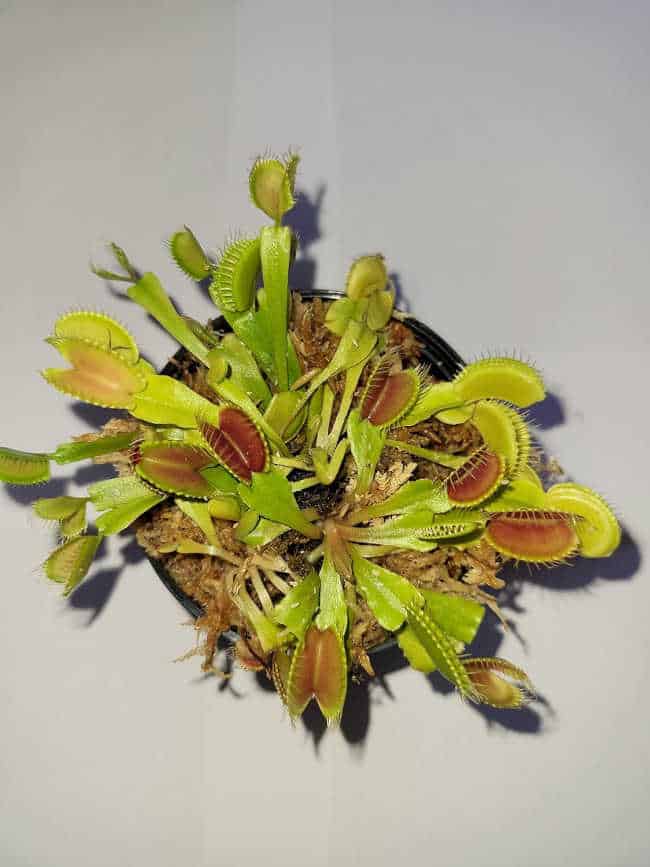
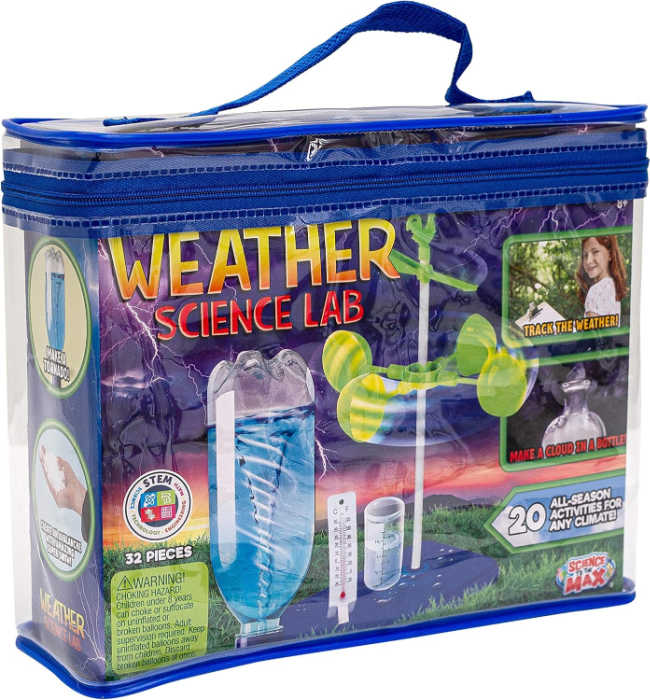

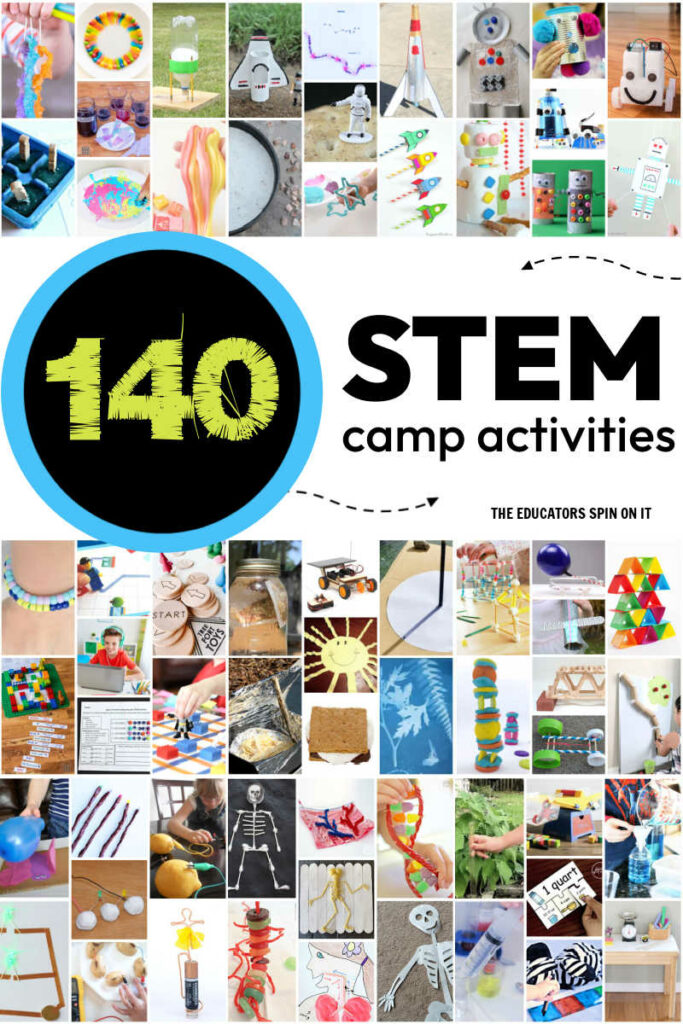
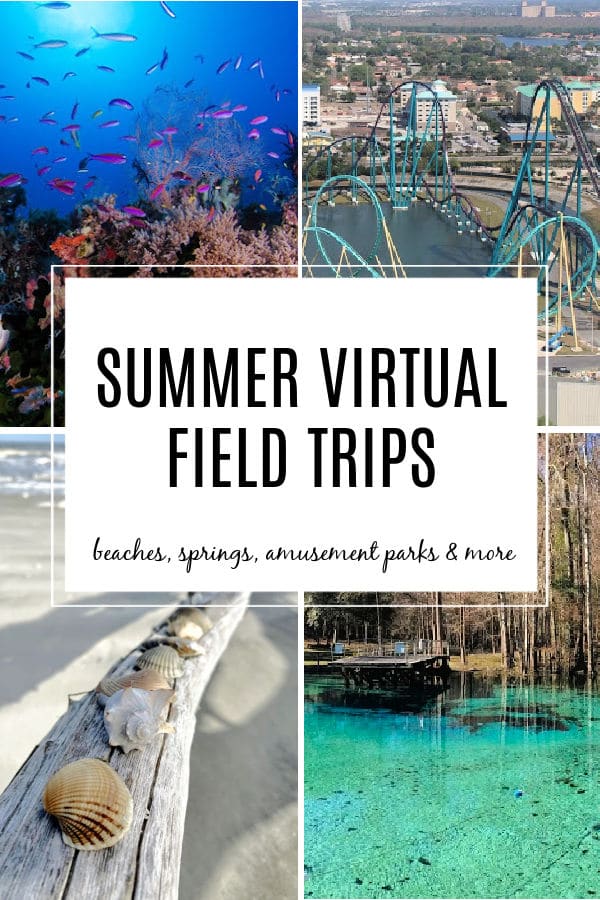

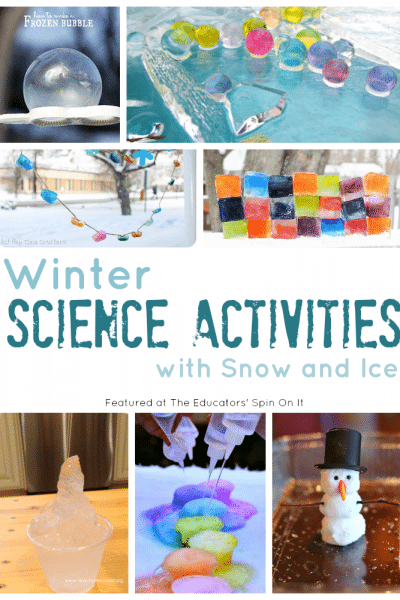

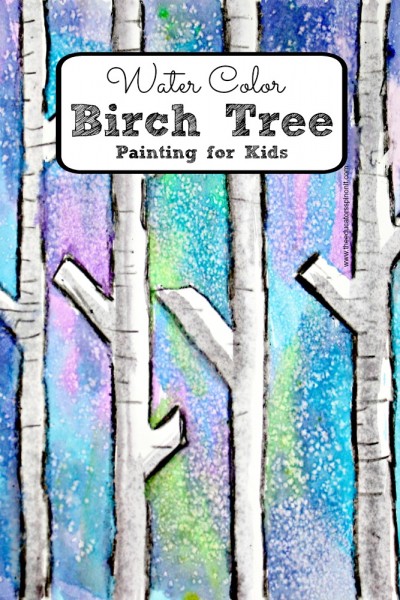


OMG! I had no idea you could raise a praying mantis! This sounds completely awesome and at the same time, gives me the creeps. The praying mantis is pretty huge and disgusting!
They are sooo tiny when they come out. And I agree – a bit creepy!